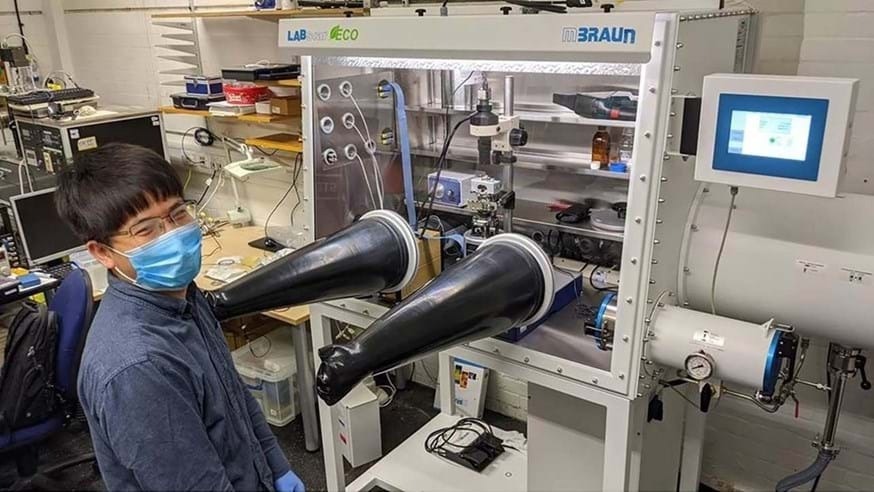Researchers have created a novel technique to address the issue of increasing the capacity of sodium-ion batteries. This research, published in Applied Physics Reviews, was co-led by Professor Oleg Kolosov from Lancaster University and Professor Zhigao Huang from Fujian Normal University, with significant contributions from Associate Professor Yue Chen, affiliated with both Lancaster and Fuzhou.

Associate Professor Yue Chen. Image Credit: Lancaster University
Nanoscale studies of rechargeable storage are essential for the development of new, efficient, and safe batteries. This study will enable a cheaper and safer energy storage alternative to lithium-ion batteries, with lithium being much scarcer and more difficult to mine compared with sodium batteries. This fundamental research is expected to ultimately enhance the cycle stability, lifespan, and capacity of batteries.
Oleg Kolosov, Professor, Lancaster University
The researchers developed a unique technique called electrochemical ultrasonic force microscopy (EC-UFM) for nanoscale imaging of interfaces in rechargeable batteries during their operation (operando), which was previously not possible with existing electrochemical characterization methods. EC-UFM enabled the observation of the formation and properties of a crucial battery component, the solid-electrolyte interphase (SEI), which affects the battery's capacity, power, and longevity.
This new technique, developed as part of the NEXGENNA Faraday Institution project, addresses the long-standing challenge of increasing the capacity of sodium-ion batteries.
By using a solvent to facilitate the co-intercalation of sodium into the carbon electrode, the researchers guided the formation of the passivating SEI layer during the charge/discharge process. This discovery preserves the shuttling of charge carriers between the electrolyte and electrode, resulting in efficient and powerful sodium-ion batteries.
Journal Reference:
Chen, Y., et al. (2024) Operando nano-mapping of sodium-diglyme co-intercalation and SEI formation in sodium ion batteries’ graphene anodes. Applied Physics Review. doi.org/10.1063/5.0196568